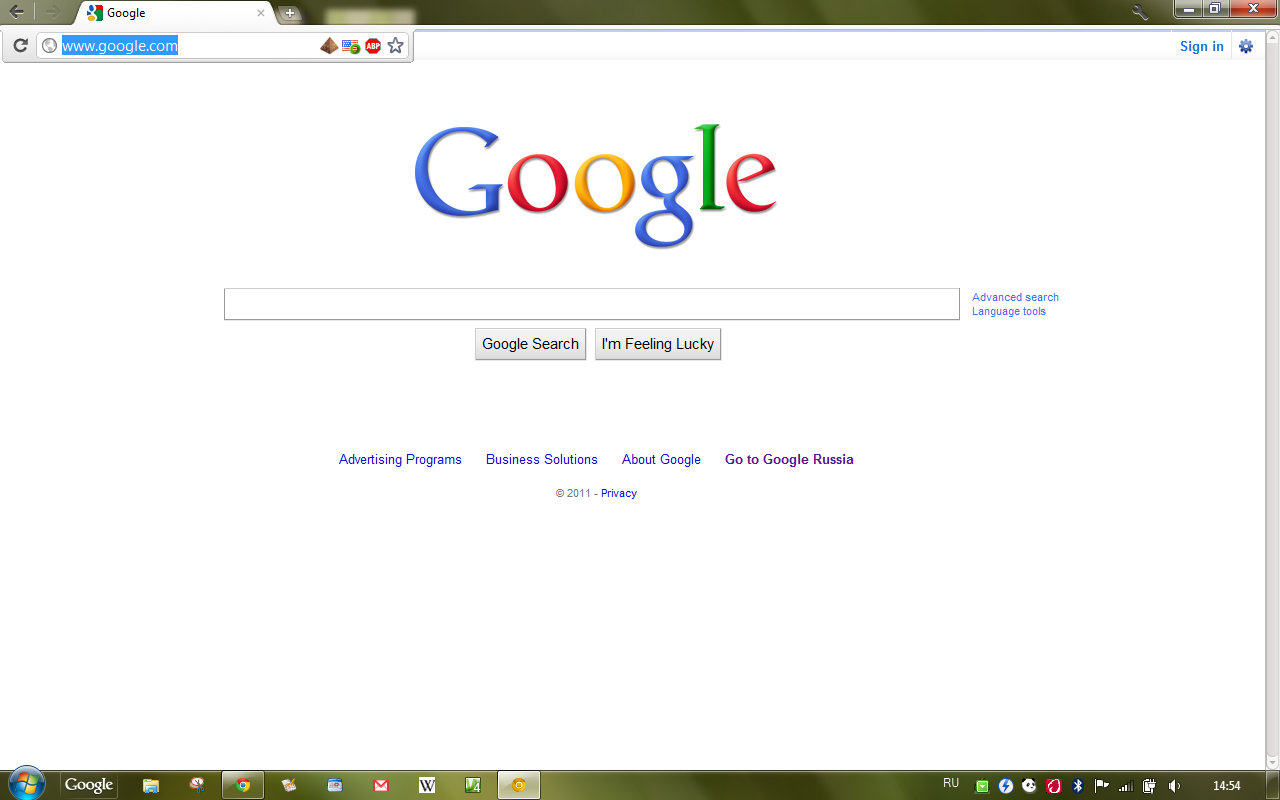Google Chrome is testing a new version of the interface.
As you know, Google is developing a browser aimed at maximum speed, security and simplicity. What browser successes at the fronts of speed and security are the subject of fierce disputes, and we will not get an unequivocal answer, since the comparison criteria often differ, but in the minimalism of the graphical interface, Chrome forced all browsers to abandon the clutter of GUI elements, panels and everything else by clicking to ultra-compact views. But developers and designers from Google continue to impose the fight, still challenging competitors.


In addition, it is worth noting that synchronization of sessions and open tabs will soon become available, and a primitive tab grouping is already working now.
In order to try out all these goodies, you will have to use Windows Vista / 7 (GNU / Linux and Mac OS X will probably catch up later), as well as fresh builds of Google Chrome Canary or Chromium . To enable compact navigation, go to the about: flags experimental options page and enable the Compact Navigation option, restart the browser and select Hide the toolbar by clicking RMB on the tab.
I also want to once again advertise the Fullscreen address bar extension (an extension announcement from the respected chizh habrauser), which implements a similar approach to building the interface, but in full screen mode, and also the Tab Cloud extension, which implements synchronization of sessions by third-party developers.
Given the calendar of browser developers, you can see all this in a stable update branch somewhere in the fall.


In addition, it is worth noting that synchronization of sessions and open tabs will soon become available, and a primitive tab grouping is already working now.
In order to try out all these goodies, you will have to use Windows Vista / 7 (GNU / Linux and Mac OS X will probably catch up later), as well as fresh builds of Google Chrome Canary or Chromium . To enable compact navigation, go to the about: flags experimental options page and enable the Compact Navigation option, restart the browser and select Hide the toolbar by clicking RMB on the tab.
I also want to once again advertise the Fullscreen address bar extension (an extension announcement from the respected chizh habrauser), which implements a similar approach to building the interface, but in full screen mode, and also the Tab Cloud extension, which implements synchronization of sessions by third-party developers.
Given the calendar of browser developers, you can see all this in a stable update branch somewhere in the fall.
')
Source: https://habr.com/ru/post/119668/
All Articles